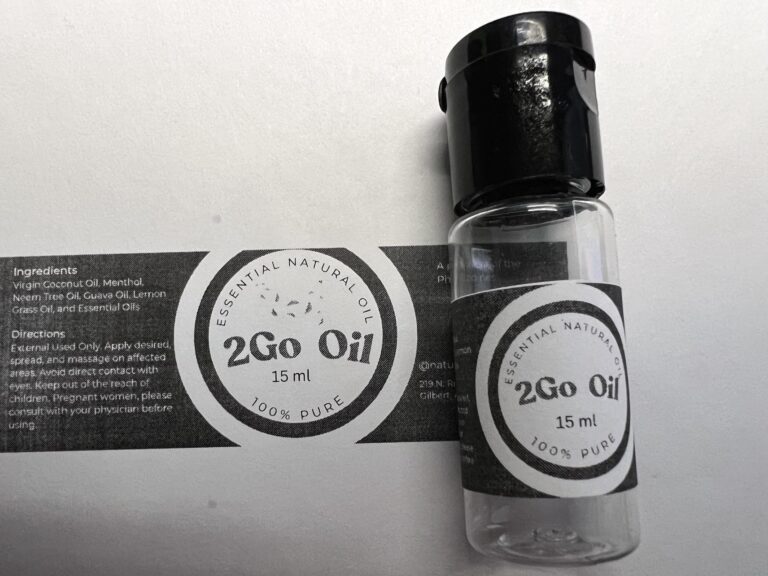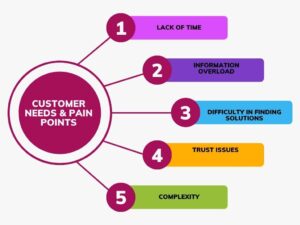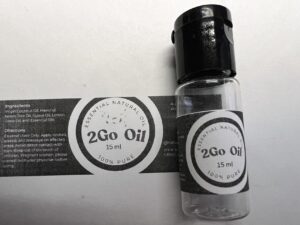- Understanding Anxiety and Panic Attacks: How Breathing Exercises Can Help
What Are Anxiety and Panic Attacks?
Anxiety is a natural stress response, characterized by feelings of tension, worried thoughts, and physical changes like increased blood pressure. It’s normal to experience anxiety occasionally, but when these feelings are excessive, persistent, and out of proportion to the actual threat, they can interfere with daily life and lead to anxiety disorders.
Panic attacks, a symptom of anxiety disorders, are sudden periods of intense fear or discomfort that reach a peak within minutes. They can occur unexpectedly or be triggered by specific situations. Symptoms of panic attacks include:
-
- Rapid heartbeat
-
- Sweating
-
- Trembling or shaking
-
- Shortness of breath or a feeling of choking
-
- Chest pain or discomfort
-
- Nausea or abdominal distress
-
- Dizziness, lightheadedness, or feeling faint
-
- Chills or heat sensations
-
- Numbness or tingling sensations
These symptoms can be very frightening, and people who experience panic attacks often fear they are having a heart attack or losing control.
How my Atrial Fibrillation started my Anxiety and Panic Attacks
In early 2010, I had my first episode of Atrial Fibrillation. I almost died in that episode when my heart beats shot up to 300 beats per minute. If not for the quick response of the 911 paramedics, I would not have an opportunity to write this article today. I was fitted with a defibrillator device on my chest to monitor my Afib and it would give me an electric shock if my heart bets do not go down after a series of pacing treatments. One subsequent episode, I was shocked eight times and as a result I developed post-traumatic stress disorder (PTSD) which drove me to elevated anxiety and panic attacks. I struggled with the disorder for some time, and it would usually unexpectedly come anytime during my waking hours, especially at night. Searching for natural remedies, led me to breathing exercises and meditations.
The Role of Breathing Exercises in Managing Anxiety and Panic Attacks
Breathing exercises are a simple, effective way to help manage anxiety and panic attacks. When you’re anxious or panicked, your breathing becomes shallow and rapid, which can exacerbate feelings of anxiety and panic. By practicing controlled breathing techniques, you can activate the body’s relaxation response, reduce the physical symptoms of anxiety, and regain a sense of control.
Here are some popular breathing exercises that can help:
1. Deep Breathing
Deep breathing involves taking slow, deep breaths to maximize oxygen intake and promote relaxation.
How to practice deep breathing
Sit or lie down in a comfortable position.
- Place one hand on your chest and the other on your abdomen.
- Take a slow, deep breath in through your nose, allowing your abdomen to rise as you fill your lungs with air.
- Exhale slowly through your mouth, allowing your abdomen to fall.
- Repeat for several minutes.
2. Box Breathing
Box breathing, also known as four-square breathing, is a technique athletes and military personnel use to stay calm under pressure.
How to practice box breathing:
- Inhale slowly through your nose for a count of four.
- Hold your breath for a count of four.
- Exhale slowly through your mouth for a count of four.
- Hold your breath for a count of four.
- Repeat for several minutes.
3. 4-7-8 Breathing
This technique, popularized by Dr. Andrew Weil, helps reduce stress and promote relaxation.
How to practice 4-7-8 breathing:
- Inhale quietly through your nose for a count of four.
- Hold your breath for a count of seven.
- Exhale completely through your mouth for a count of eight.
- Repeat the cycle three to four times.
Integrating Breathing Exercises into Your Daily Routine
Consider incorporating breathing exercises into your daily routine to maximize the benefits of breathing exercises. Here are some tips:
-
- Set aside time each day: Dedicate a few minutes in the morning or evening to practice breathing exercises.
-
- Create a calming environment: Find a quiet, comfortable space where you can focus on your breathing without distractions.
-
- Use prompts: Set reminders on your phone or use calming music to prompt you to practice.
-
- Combine with other relaxation techniques: Complement breathing exercises with meditation, yoga, or progressive muscle relaxation.
Essentials Oils While Doing Breathing Exercises Give me faster relief
While I was in Asia, I was introduced to the benefits of natural oils that I used for sea travel sickness. It is a multi-purpose natural oil made from a mixture of Menthol, Virgin Coconut Oil, Neem Oil, Guava Extract, Lemon Grass Oil, and other essential oils that have anti-bacterial and anti-fungi properties. I discovered that it helps in calming my anxieties and panic attacks faster than just doing breathing exercises. A couple of drops and rubbing it on your palms and cupping your palms on your nose while doing the breathing exercises gives you a soothing feeling.

Submit your email to receive a notification when 2Go Oil is available for the US market.
Conclusion
Anxiety and panic attacks can be debilitating, but breathing exercises offer a simple, effective way to manage these symptoms. By practicing techniques like deep breathing, box breathing, and 4-7-8 breathing, you can reduce the physical and emotional impact of anxiety and regain a sense of control. Integrating these exercises into your daily routine can help you cultivate a calmer, more balanced state of mind, promoting overall well-being.




